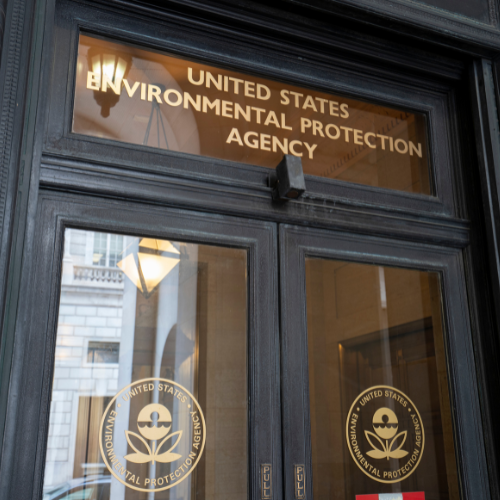During National Groundwater Awareness Week, we are focusing on water contamination issues faced by our clients. Today we look at asbestos in runoff water from building demolition sites.
Asbestos in Water
It is well known that inhalation of asbestos fibers can cause fatal diseases like lung cancer, asbestosis and mesothelioma, so scientists and officials naturally have focused on controlling airborne asbestos. However, while health risks from ingestion of asbestos by swallowing water or food are less clear, the U.S. Environmental Protection Agency has nevertheless set the maximum legal level of asbestos in drinking water at 7 MFL, which stands for one million fibers per liter.
According to the EPA’s Asbestos Fact Sheet on a Drinking Water Chemical Contaminant, while inhalation is more common and more dangerous, and most ingested fibers are naturally excreted from the body, “evidence indicates that they may penetrate the walls of the tract.” However, there seems to be less consensus among experts on the impact of asbestos ingestion on human health, as opposed to asbestos inhalation.
Asbestos and Water Issues in Building Demolition
A building in the U.S. may contain asbestos within the individual building materials that make up the structure. Asbestos is not dangerous when it is part of a solid material, but if that material is crushed, breaks or deteriorates, the resulting dust can contain microscopic asbestos fibers that are released into the air.
This phenomenon explains the danger of asbestos release when a building is demolished, causing widespread destruction of solid building materials and thereby potential release of asbestos. To keep the release of asbestos fibers into the air at a minimum, water is often sprayed onto the demolition site because the moisture keeps dust to a minimum and prevents it from becoming airborne. However, the dust can be carried away by the water into the environment, where it can be released into the air or soil when water evaporates. It could also be carried into surface or groundwater.
Many federal, state and local laws that control air and water quality or establish demolition safety standards may apply to a building demolition. These laws must be followed by the companies, individuals and officials involved in the project.
In addition, the EPA in July established voluntary Guidelines for Enhanced Management of Asbestos in Water at Ordered Demolitions. The guidelines explain the problem as well as professional methods that minimize asbestos release from demolition sites.














